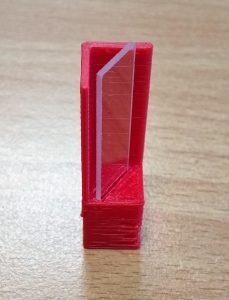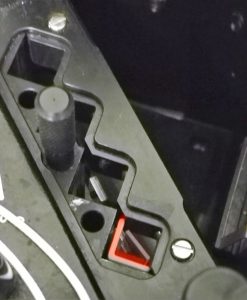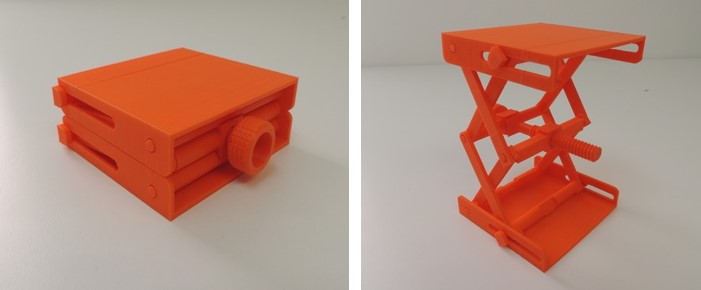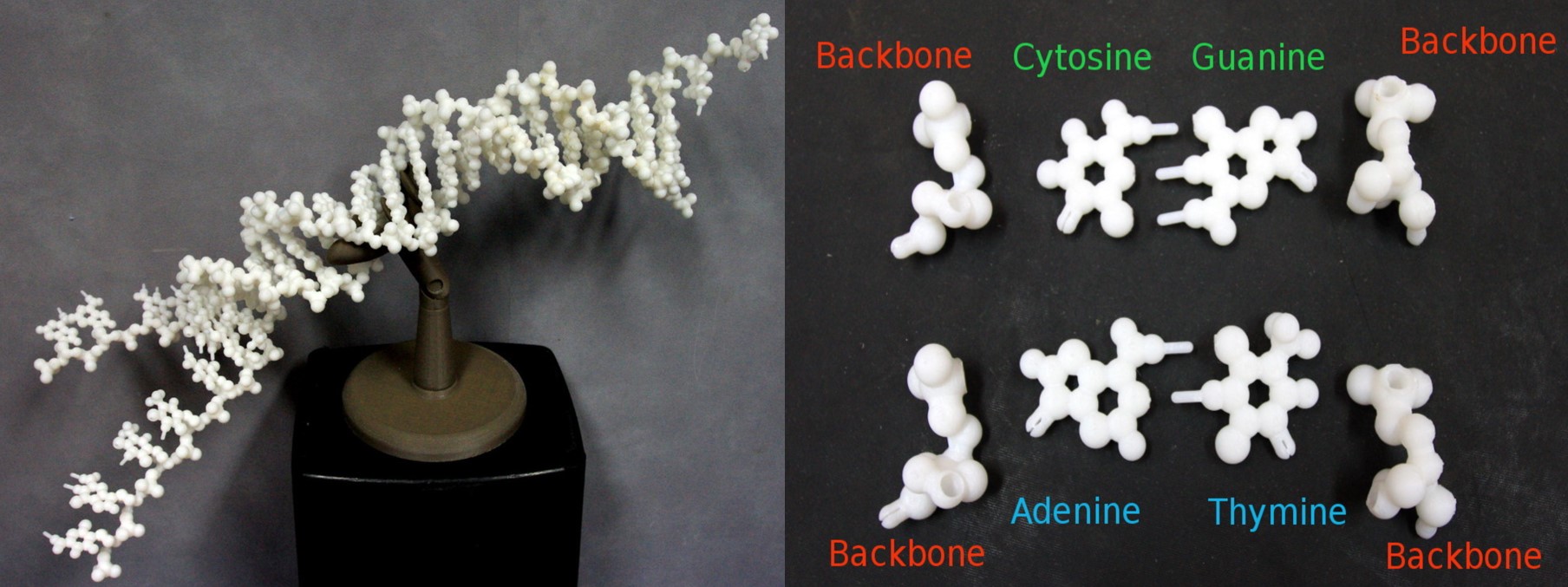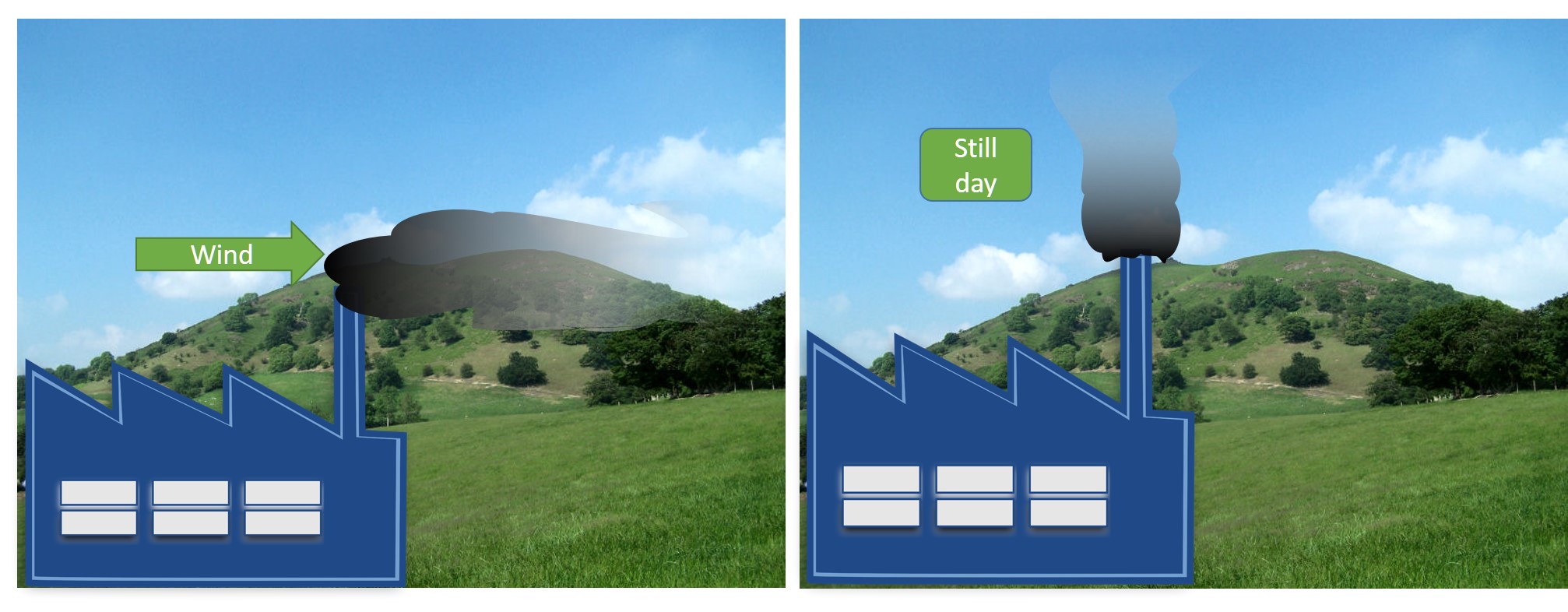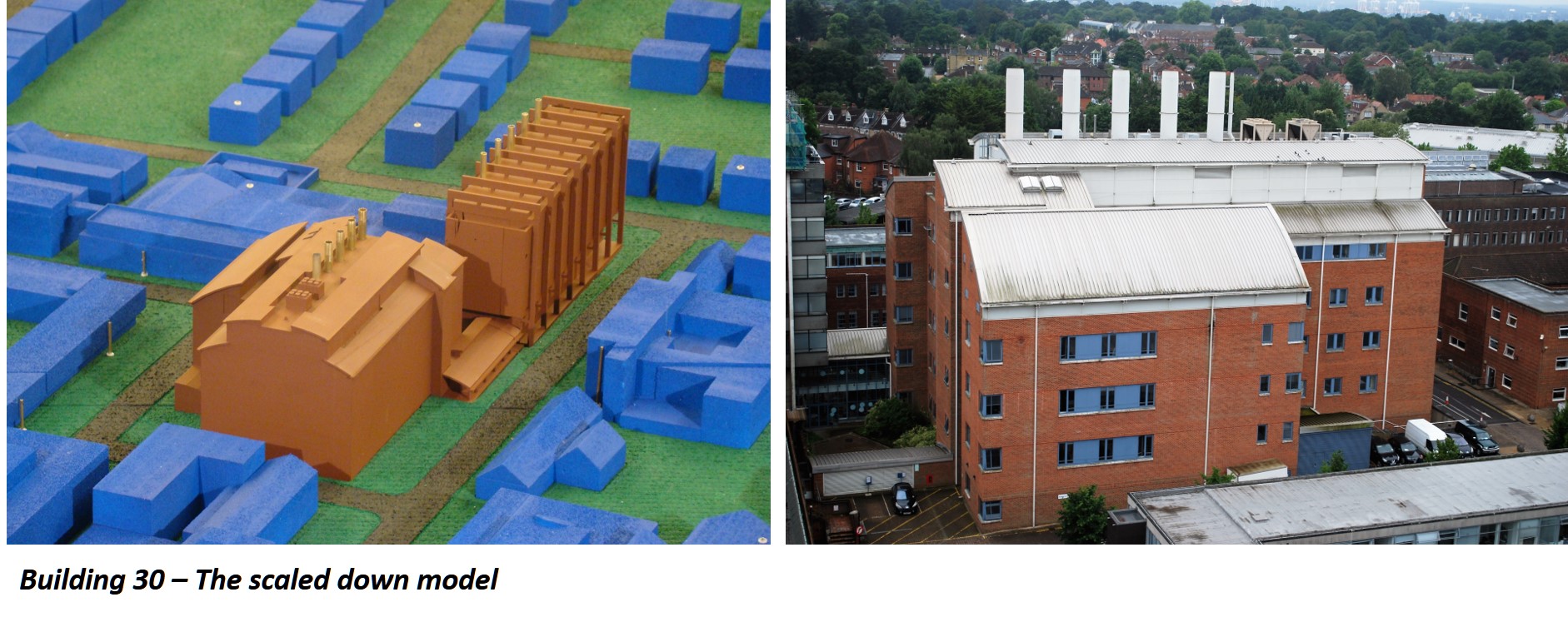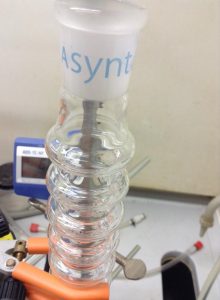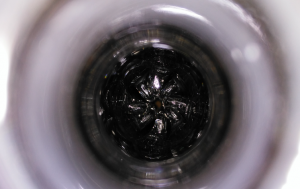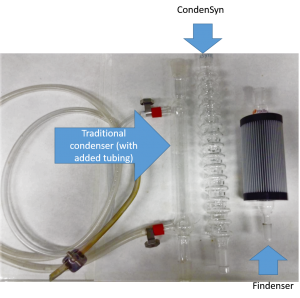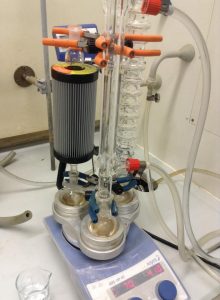Our society is hardly sustainable, with natural resources being depleted quickly and global temperatures consistently rising. All the while, the growing population continues to increase demand for resources and worsen the situation still. Education that encourages people to change their habits, or even inspires people to propose solutions to environmental problems, is one way of addressing this. As centres of learning, universities are a perfect place to do this. As a student, I believe that all subjects – and chemistry in particular – could benefit from more of this education.
This opinion is shared by many; the NUS and Higher Education Academy have consistently found that students of all subjects are very interested in sustainability issues. Over 80% of students believe sustainable development should be actively promoted, whilst 60% of all students (and 75 % of international students) would like to learn more about it. Exactly half think it should be required learning from all of their tutors.
Chemistry offers the perfect environment to foster sustainable thought. Students handle harmful substances on a regular basis, so everything they do will have some environmental consequences. Thinking about how to minimise these whilst not affecting their goal is a key skill that can be applied to any task, within or outside of science.
Many who study chemistry end up directly involved in the energy, chemical and oil industries. These have enormous impacts on the environment, so anything that can be done to reduce this impact should be promoted. Even though many go into different fields, teaching sustainability topics within chemistry should still help to raise awareness and change attitudes.
What’s happening in Southampton?
Currently sustainability in the core chemistry course is fairly limited, although there are some chemistry and non-chemistry modules available that cover environmental concerns. In the second year, solar cells are covered and green catalysis is briefly mentioned in the core lectures. In my opinion, these are generally treated as asides through which theory can be taught, rather than sustainability topics in their own right.
Afew practicals have introduced that cover these topics. An example is the Redox Aluminophosphate practical, which uses heterogenous catalysis to outline the most efficient way of producing Nylon. This gets students thinking about using less harsh reagents and minimizing waste.
Next year, an acetone recycling programme and waterless condensers will be trialled in the Level 5 teaching labs. This should encourage students to do embed sustainability into their physical practice as well as attitudes.
What’s happening elsewhere?
Sustainability in teaching and outreach seems much more common in the US, where a more liberal education system is in place. A google search reveals the American Chemical Society website has far more educational resources devoted to green chemistry than the UK’s RSC, which are much more accessible to the general public.
In US University courses, programmes such as solvent recycling and green chemistry practicals are already well established. The linked posts are just a few examples of many initiatives that seem fairly common across the pond.
A teacher at the University of Arizona, for example, asked students to perform an experiment they had already completed and make it greener. This was very successful, with one student unexpectedly bringing acetone recycled from another course entirely. By using a recycled substance, the results were not affected. This is a good example of how encouraging students to think for themselves and see things in context can lead to ingenuity that rivals the teacher’s.
Can more be done?
Although the university is starting to implement sustainable measures, I find that these are poorly communicated (if at all) to undergraduates. The closed loop water pumps for rotary evaporators were recently installed in the teaching labs, but I have only just heard about them having spent 2 years here. Next year this could start to change – there are plans to provide online resources for students about making their work more sustainable. In combination with the waterless condensers and recycling programme, this could encourage students to see efficiency as standard practice, rather than a chore.
From personal experience, seeing sustainability issues in a broader context is what has changed my perception the most. An optional module I took – Global Challenges – focussed on the human impacts of climate change, and how industrial progress is linked to a variety of surprising and unpredictable consequences. Being shown why sustainability matters has essentially come about by luck – a product of the people I have met and the modules I have chosen. I am convinced that without having had these kinds of experiences, I would care far less about these issues. Therefore, exposing more students to sustainability through the core course could help to shape more environmentally conscious graduates.
Putting impacts into context – explaining why they matter – is key. As the lecturer Dr Simon Gerrard proposed, this could be done in the form of case studies, or at the least passing mentions in lectures. For example, if a substance used in a synthesis is toxic, this could be explained and any alternatives outlined. There are many opportunities to implement this into core material, which is something we may work on soon.
As well as changes already being made, there is still potentially much more that could be done to change attitudes towards sustainability without drastically altering any courses.
____________________________________________________________________________________________
If you have any ideas about sustainability in teaching, please comment below. Or tweet us @SustainableChem


